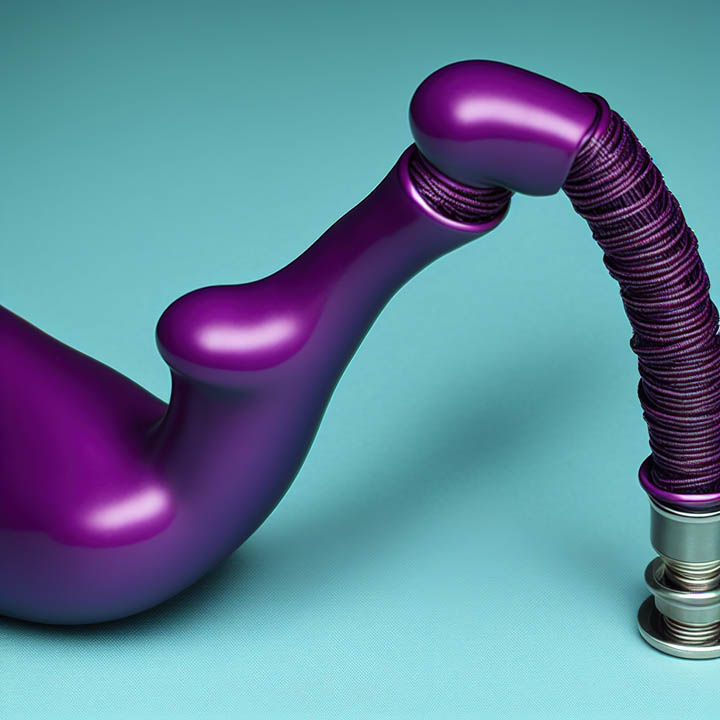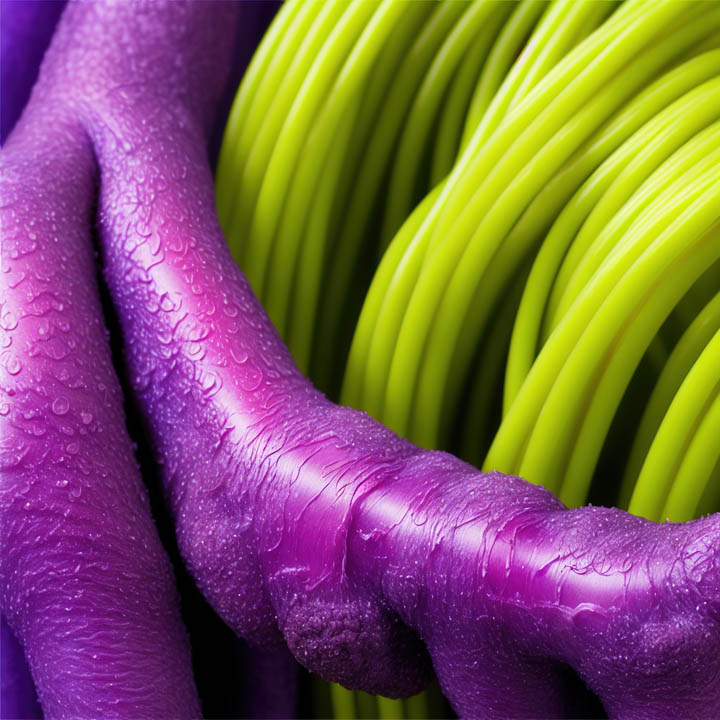L’expérimentation artistique des technologies / The artistic experimentation of the technologies

Si les technologies donnent le sentiment de pouvoir être conceptualisées parce qu’elles sont le fruit apparent d’une volonté formalisée comme production de causalité e sont déjà imprégnés de signification, elles me semblent plus devoir être abordées sous la forme de l’expérience entendu en un sens très particulier. C’est l’expérience comme expérimentation, c’est-à-dire une construction expérimentale qui a pour objet de transformer la régularité coutumière et quotidienne de l’expérience pour la ramener à un regard neuf.
Ainsi, le rôle de l’art est privilégié dans l’approche des technologies en tant qu’elles ne s’y réduisent pas à une appréhension conceptuelle nécessairement surdéterminée historiquement et rejouant des structures déjà existantes, mais comme créant un décalage par rapport au déjà connu. Les technologies ne sont plus alors considérées comme des éléments de normalisation déterministe ou l’expérience tente de s’adapter à l’expérimental défini par l’objet technique, mais comme intensifiant le tremblement de l’expérience comme expérimentation, c’est-à-dire comme processus qui n’est pas déterminé à l’avance selon des relations réglées de cause à effet.
L’expérimentation, en particulier artistique, permet ainsi de dérégler le déterminisme forcé par les objets techniques qui gardent des traces de l’intention de la cause efficiente. Elle ne résiste pas à proprement parler à la causalité, mais elle tente de la rejouer à sa façon, une nouvelle fois.
Ceci permet de dégager l’approche des technologies de deux écueils. Le premier c’est la généralité conceptuelle qui envisage au singulier la technique ou la technologie en y voyant une définition qui surpasse la pluralité de l’extension qui n’en sont que la passagère expression. L’autre c’est la description infinie et fastidieuse des mécanismes techniques dans leur individualité qui ne parvient pas à réduire l’extension à une définition. Par l’intermédiaire de l’expérimentation, d’une expérience qui est rejouée et déjouée, on déjoue aussi d’une manière plus structurée et profonde la relation de la définition et de l’extension pour se demander non pas ce que sont les technologies, mais comment elles adviennent dans un champ existentiel. Il s’agit donc d’appréhender les technologies de façon située et de faire que cette situation ne soit pas donnée à l’avance puis analysée dans un deuxième temps, mais puisse être dégagée d’un processus qui se met à l’œuvre d’une manière qui n’est pas distincte de l’observation qui en est faite.
L’art a donc le privilège sur la philosophie d’une légèreté n’envisageant pas les technologies d’avance comme appartenant au champ du langage, dans la mesure où celles-ci transforment de part en part les conditions d’expérience et donc du langage lui-même d’une manière qui n’est pas anticipable et pour ainsi dire qu’il n’est pas conceptualisable, du moins à l’avance parce que les conditions de la conceptualisation se transforment avec elle. Si Gilbert Simondon avait pressenti cette structure performative du langage et de l’expérience technologique grâce au concept de transduction, il n’avait pas poussé jusqu’à son terme l’expérimentation aux technologies elles-mêmes et en était resté à une expérimentation conceptuelle qui ne pouvait se saisir que par sa propre transformation.

If the technologies give the feeling to be able to be conceptualized because they are the apparent fruit of a formalized will as production of causality and are already impregnated with meaning, they seem to me more to be approached under the form of the experience understood in a very particular sense. It is the experience as experimentation, that is to say an experimental construction that has for object to transform the customary and daily regularity of the experience to bring it back to a new look.
Thus, the role of the art is privileged in the approach of the technologies in so far as they are not reduced there to a conceptual apprehension necessarily overdetermined historically and replaying already existing structures, but as creating a shift with regard to the already known. The technologies are then not considered any more as elements of deterministic normalization where the experience tries to adapt itself to the experimental defined by the technical object, but as intensifying the trembling of the experience as experimentation, that is to say as process which is not determined in advance according to regulated relations of cause and effect.
The experimentation, in particular artistic, thus allows to deregulate the determinism forced by the technical objects that keep traces of the intention of the efficient cause. It does not resist strictly speaking to the causality, but it tries to replay it in its way, once again.
This allows us to free the approach of technologies from two pitfalls. The first one is the conceptual generality that considers the technique or the technology in the singular, seeing in it a definition that surpasses the plurality of the extension that are only the passing expression of it. The other is the infinite and tedious description of the technical mechanisms in their individuality that does not manage to reduce the extension to a definition. By the intermediary of the experimentation, of an experience that is replayed and thwarted, one also thwarts in a more structured and profound way the relation of the definition and the extension to ask not what the technologies are, but how they happen in an existential field. It is thus a question of apprehending the technologies in a situated way and of making that this situation is not given in advance then analyzed in a second time, but can be released from a process which is put at work in a way which is not distinct from the observation which is made of it.
The art has therefore the privilege on the philosophy of a lightness not considering the technologies in advance as belonging to the field of the language, insofar as these transform from part to part the conditions of experience and therefore of the language itself in a way that is not anticipable and so to say that it is not conceptualizable, at least in advance because the conditions of the conceptualization transform themselves with it. If Gilbert Simondon had sensed this performative structure of the language and of the technological experience thanks to the concept of transduction, he had not pushed to its term the experimentation to the technologies themselves and had remained to a conceptual experimentation that could be seized only by its own transformation.
